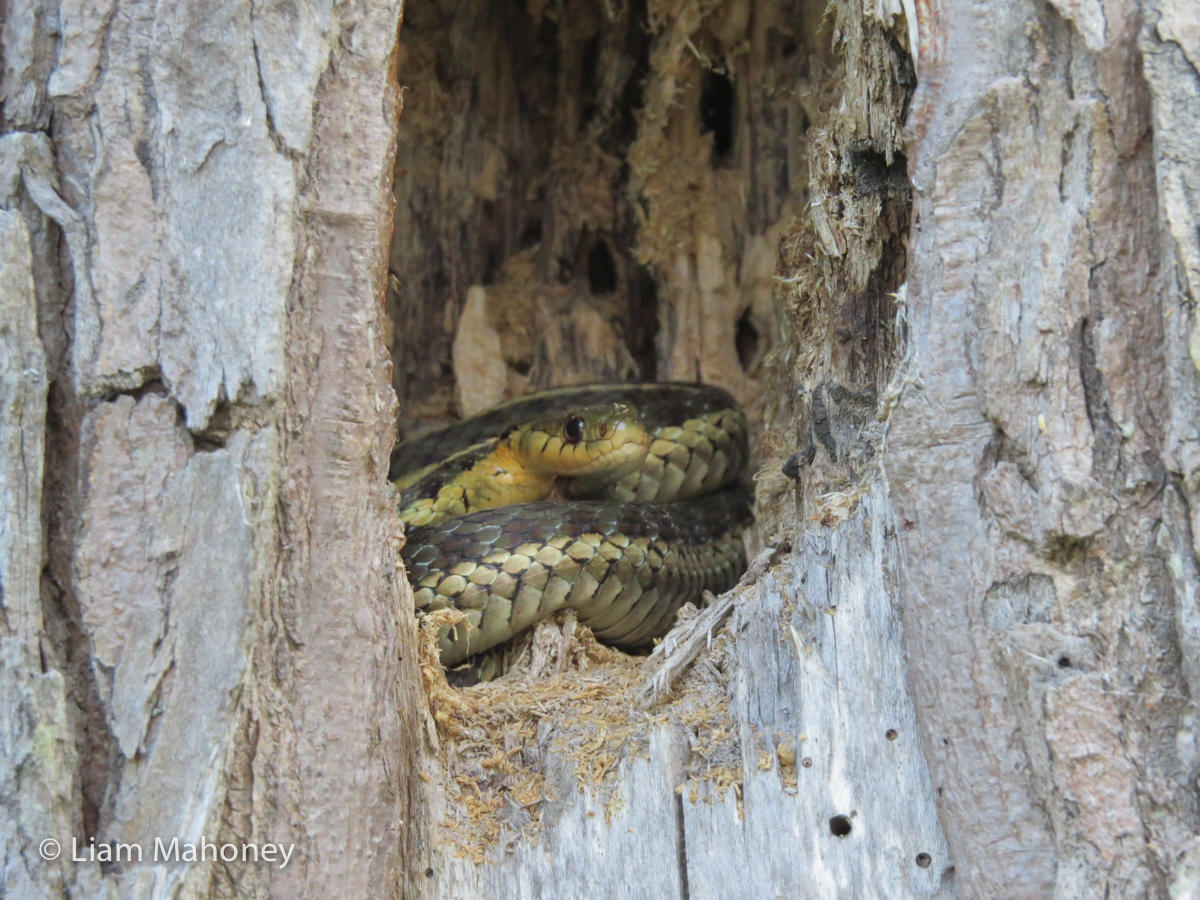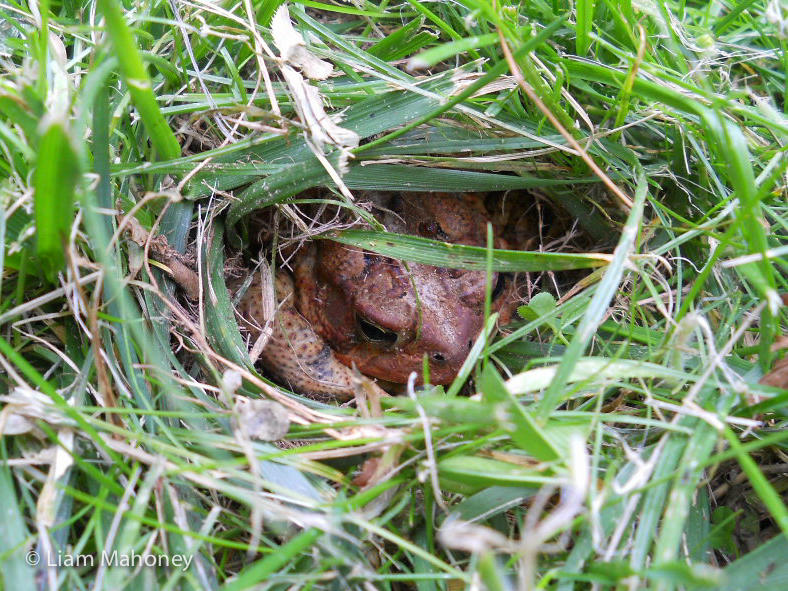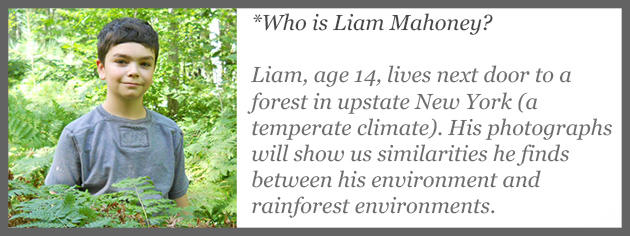Every living creature needs someplace to live. The forests of the world are no different. Shelter, or a place to live can be anything from a small hole in the ground to an elaborate nest in the trees.
Here is Liam to tell us more about the types of shelters he has found where he lives:
In every habitat, animals seek shelter to meet their needs. Shelter provides a place to raise young, hide from predators, and stay safe from the elements. Some animals are well-equipped to build their own shelters. Many birds, for example, use their beaks like tools to carry materials and construct nests. Other animals have to be more resourceful. They may even have to recycle shelters built by other animals or make good use of shelters created by nature itself. A hollow tree can be a temporary shelter for hundreds of species of animals, from tiny bugs to porcupines and raccoons.
Snakes don’t have beaks or legs for digging and building. So they may slither into any available shady hiding place, such as hollow trees, rotting logs, and rock crevices. I found this garter snake (pictured below) in a hole in a dead tree seeking shade from the hot sun. The hole was about six feet up from the ground, which means the snake had to climb to get to it. The next day, I found the snake again in a different hole in the tree, even higher up. Can you imagine a snake climbing a tree?
Here is Liam to tell us more about the types of shelters he has found where he lives:
In every habitat, animals seek shelter to meet their needs. Shelter provides a place to raise young, hide from predators, and stay safe from the elements. Some animals are well-equipped to build their own shelters. Many birds, for example, use their beaks like tools to carry materials and construct nests. Other animals have to be more resourceful. They may even have to recycle shelters built by other animals or make good use of shelters created by nature itself. A hollow tree can be a temporary shelter for hundreds of species of animals, from tiny bugs to porcupines and raccoons.
Snakes don’t have beaks or legs for digging and building. So they may slither into any available shady hiding place, such as hollow trees, rotting logs, and rock crevices. I found this garter snake (pictured below) in a hole in a dead tree seeking shade from the hot sun. The hole was about six feet up from the ground, which means the snake had to climb to get to it. The next day, I found the snake again in a different hole in the tree, even higher up. Can you imagine a snake climbing a tree?

Toads are amphibians that burrow in leaves, grass, or dirt to hide and stay cool. Toads are nocturnal, so they need to hide during the day to stay cool and safe from predators. Toads and other amphibians often make their own burrows in the mud, dirt, or grass.
"We have so many toads where we live that we have to watch where we step", Liam Mahoney!
"We have so many toads where we live that we have to watch where we step", Liam Mahoney!

Something to Think About: Look around your backyard. Where might animals find shelter where you live?

Rainforest Kids Science curriculum connection: Unit 5: Chapter 1, Lesson 1, Grades 1-5

